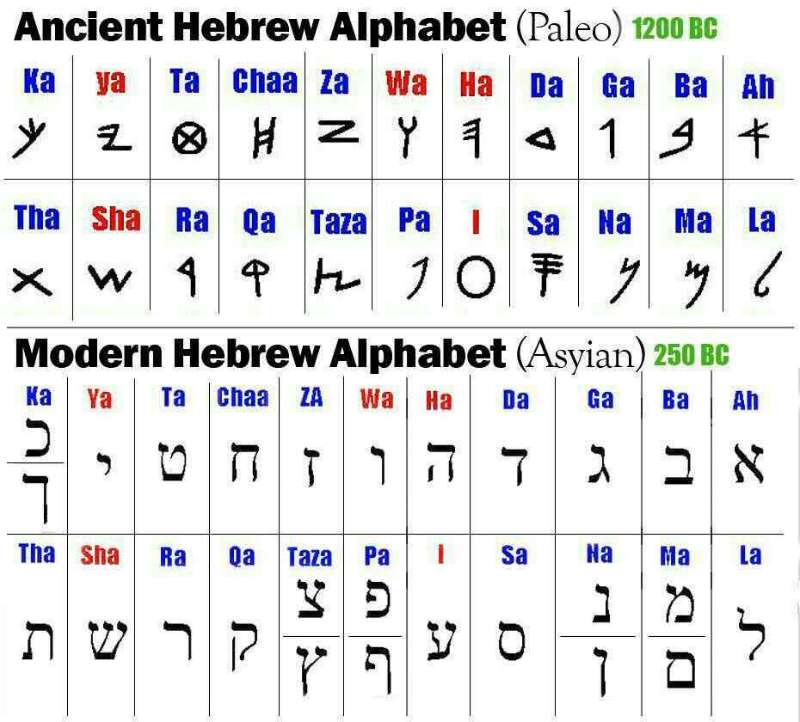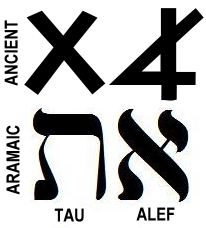Learning Paleo Hebrew by Bet HaShem Midrash
Aleph Bayit Learning Paleo Hebrew.pdf file:///C:/Users/YahnEl/Downloads/2019%20Aleph%20Bayit%20Learning%20Paleo%20Hebrew.pdf

TABLE CONTENTS
Introduction………………………………………………………………………………. 4
Part One, The Story of the Letters……………………………………………… 5
Part Two, The Letters………………………………………………………………… 9
The Garden of Letters……………………………………………………….. 11
Basic Meanings of the Letters…………………………………………… 18
Alephbayit Tables 1-5……………………………………………….. 18-21
Part Three, Combining Letters………………………………………………… 22
Word Formations……………………………………………………………………. 27
Names……………………………………………………………………………………. 29
The Message of YahúWah…………………………………………………………….. 31-34
Footnotes……………………………………………………………………………….. 35
Appendix:………………………………………………………………………. 36-44
The Tables of the Alphabets………………………………………………………………………….. 36-37
Letters of Ancient and Modern Alphabets………………………………………………………….. 38
Chart of the 22 Scrolls of The Letters/The Scriptures…………………………………………. 39
Chart of the Pairs of Letters: The 12 Houses of Alehim (Elohim)………………………. 40
Chart of the States of Light:…………………………………………………………………………. 41-42
The Cardinals of Aleph to Yud……………………………………………………………………………………………………… 41
The Cardinals of Zayin to Oyin………………………………………………………………………….. 41
The Cardinals Lamed to Shayin…………………………………………………………………………. 42
22 Letters of Totality………………………………………………………………………………………….. 43
Numerical Associations of the Letters………………………………………………………………… 44
The Song of the Aleph Bayit………………………………………………………………………………. 45
The Fiery Body of the
Letters…………………………………………………………………………….. 46

INTRODUCTION
THE AlephBayit
Have you ever wondered why the Letters of the AlephBayit are in a certain order, and
why it is important to learn the AlephBayit in that order? Have you ever wondered why the letters are shaped as they are and what their shapes mean, or desired to understand the reasons for combining letters together to form words?
We are rewarded for learning and for being able to recite the Letters. The order of the Letters is used throughout one’s life—in our communications, work, and in our storage and retrieval of information. The arrangement of the Letters contain many wonders and are the means to proceed into Life.
The letters are called after the first two characters, A/A/Aleph/Alpha and B/B/Bayit/Bet—the AlephBayit. The first AlephBayit of humanity, commonly shared by the Ovri/Hebrew, Phoenician, Aramaic, and Samaritan peoples,1 is comprised of twenty-two characters. In this original order of letters, individual letters are used in more than one way and convey more than one sense.2 These twenty-two characters provided the basic framework for the Greek alphabet, which in turn was borrowed by the Romans, from whose innovations the alphabet symbols of the modern, Western World are derived. See Appendix: The Table of the Alphabets pg 36-37.
Although the shapes and sounds of the letters and their arrangement in sequence have varied somewhat from the original AlephBayit across the millennia of adaptation, the underlying meaning and basic order of the original twenty-two letters remain. From these twenty-two signs, we have developed multi-systems of communication and have filled countless volumes of books and libraries.
The original twenty-two letters are not strangers to us. They are hieroglyphic
symbols for the Principles underlying all forms. Their meanings are understood in every age and from
every perspective.
Not only do the characters represent various human body parts,3 animal forms and functions, plants, heavenly bodies, and the social positions of humankind, they correspond to the 22 amino acids and the 22 like pairs of chromosomes common to humanity. We continually encounter the letters, both internally and externally. Therefore, we stand to benefit greatly by consciously renewing our acquaintance with these structures of Light.
The order of the Letters provides a framework for literature. The Scriptures contain 22 scrolls, from Sepher Maaseh Bereshith/Genesis to Dibre Hayamin/Chronicles.4 There is one scroll for each letter of the AlephBayit arranged in accordance with the progressive meaning of the letters. Each scroll’s assigned letter is understood to be emblematic of the scroll’s contents. See Appendix: Chart of the 22 Scrolls of the Letters, pg 39.
The Stories in scriptures are told via acrostic writings of the AlephBayit. Each scroll or book is a message of a Letter. Within the various scrolls of the Ovri texts, there are numerous AlephBayit acrostics, showing the importance of the AlephBayit in the minds of its writers/compilers. Tehillah/Psalm 119 is divided into twenty-two stanzas—one for each letter of the AlephBayit—and recounts a progression from the conception of righteousness unto perpetual renewal. In this surviving testimony to the AlephBayit’s order and endorsement, each stanza corresponds to the meanings of the AlephBayit letter that begins both the stanza, itself, and also the eight verses that comprise each stanza.5 Additionally, various types of acrostic writing6 found elsewhere in the Bible7 and in the siddur (prayer book), including songs and poetry, are based on the order of the Letters.8
The order of the AlephBayit characters tells a special story—a story that has been “hidden” to many, but nonetheless, a story that has been historically and universally accepted. The understanding of this story is like receiving a very special gift—a gift that belongs to all humankind; for the AlephBayit tells The Story of Life and the Totality of All in One.



THE MESSAGE OF THE NAME YHWH









Comments are closed.